Home>Furniture & Design>Outdoor Furniture>How To Treat Pallet Wood For Outdoor Use
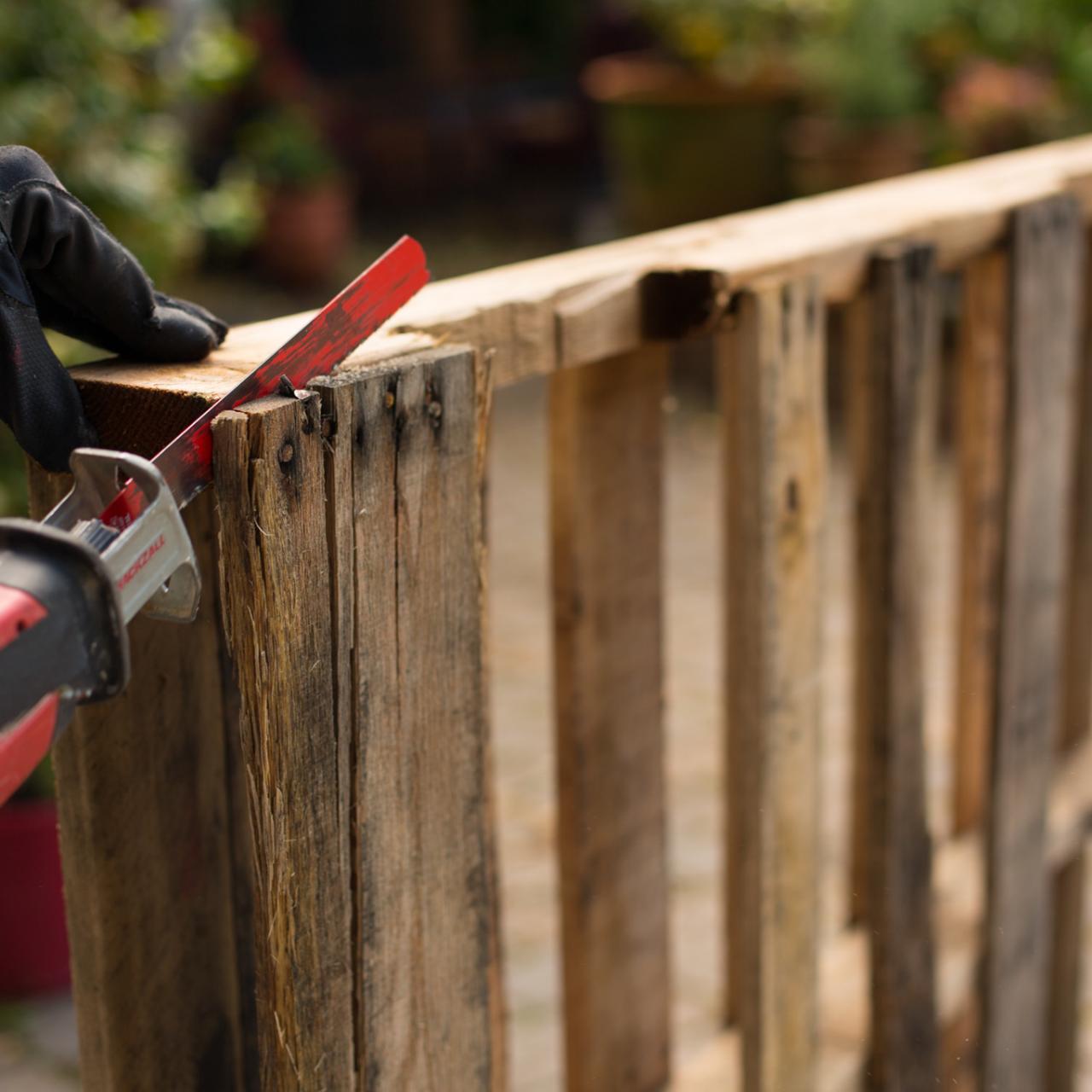

Outdoor Furniture
How To Treat Pallet Wood For Outdoor Use
Modified: February 12, 2024
Learn how to properly treat pallet wood for outdoor use and create durable and stylish outdoor furniture and designs. Follow our expert tips for long-lasting results.
(Many of the links in this article redirect to a specific reviewed product. Your purchase of these products through affiliate links helps to generate commission for Storables.com, at no extra cost. Learn more)
Introduction
When it comes to outdoor furniture and design, pallet wood has gained immense popularity due to its rustic charm and eco-friendly appeal. Upcycling pallets into outdoor furniture not only adds a unique touch to your outdoor space but also contributes to sustainable living. However, using pallet wood for outdoor furniture requires proper treatment to ensure its longevity and durability in various weather conditions.
In this comprehensive guide, we will delve into the essential steps for treating pallet wood for outdoor use. From understanding the nature of pallet wood to cleaning, sanding, and applying protective finishes, we will explore the best practices to transform raw pallets into beautiful, weather-resistant outdoor furniture. Additionally, we will provide valuable tips for maintaining outdoor pallet wood, ensuring that your creations stand the test of time.
Whether you're a seasoned DIY enthusiast or a novice looking to embark on a pallet wood project, this guide will equip you with the knowledge and techniques needed to treat pallet wood effectively for outdoor use. Let's embark on this journey of transforming humble pallets into stunning outdoor furniture that not only enhances your outdoor living space but also reflects your commitment to sustainable and creative living.
Key Takeaways:
- Transform humble pallets into durable outdoor furniture by cleaning, sanding, and applying protective finishes. Embrace sustainability and creativity while enhancing your outdoor living space.
- Preserve the beauty of outdoor pallet wood furniture with regular maintenance, including inspections, cleaning, and protective measures. Embrace the rustic allure of upcycled materials for timeless appeal.
Read more: What To Use To Treat Wood For Outdoor Use
Understanding Pallet Wood
Before diving into the treatment process, it’s crucial to understand the nature of pallet wood. Pallets are commonly made from hardwood or softwood, with some even crafted from reclaimed or heat-treated wood to resist pests and moisture. However, regardless of the type of wood, pallets are often exposed to various elements during transportation and storage, leading to potential wear, tear, and exposure to contaminants.
When sourcing pallets for outdoor furniture projects, it’s essential to select ones that are in good condition, free from mold, stains, or chemical residue. Inspect the pallets for any signs of damage, such as rot, splintering, or structural weaknesses, as these can affect the overall quality and durability of the finished furniture.
Furthermore, understanding the origin of the pallets is crucial. Some pallets are treated with chemicals or pesticides to meet international shipping regulations. It’s advisable to avoid using such pallets for furniture intended for outdoor use, especially in areas where they may come into direct contact with skin or food. Look for pallets that are stamped with the “HT” mark, indicating that they have been heat-treated rather than chemically treated.
By gaining a comprehensive understanding of pallet wood and its potential variations, you can make informed decisions when selecting and treating pallets for outdoor furniture projects. This knowledge forms the foundation for the subsequent steps involved in treating pallet wood effectively for outdoor use.
Cleaning and Sanding
Before treating pallet wood for outdoor use, thorough cleaning and sanding are essential steps to prepare the wood surface for further treatment. Begin by cleaning the pallets using a mild detergent solution and a stiff-bristled brush. This helps remove dirt, grime, and any surface contaminants that may have accumulated during the pallet’s previous use. Pay particular attention to crevices and corners where debris tends to accumulate.
Once the pallets are clean, allow them to dry completely before proceeding to the sanding stage. Sanding serves multiple purposes, including smoothening the wood surface, removing splinters, and preparing the wood to better absorb the protective finishes. Start with coarse-grit sandpaper to address any rough or uneven areas on the pallet wood. As you progress, switch to finer-grit sandpaper to achieve a smooth and uniform surface.
While sanding, pay attention to any protruding nails or staples in the pallets. These should be carefully removed or secured to prevent potential injuries and damage to tools during subsequent processing. Additionally, be mindful of the wood’s natural grain and texture, as these characteristics contribute to the unique appeal of pallet wood furniture.
By thoroughly cleaning and sanding the pallets, you not only prepare the wood for the treatment process but also ensure a safer and more enjoyable crafting experience. These initial steps lay the groundwork for enhancing the aesthetic and functional qualities of the pallet wood, setting the stage for the application of protective finishes that will safeguard the wood from outdoor elements.
Applying Protective Finish
Once the pallet wood is clean and sanded, the next crucial step in treating it for outdoor use involves the application of a protective finish. Selecting the right finish is paramount to safeguarding the wood from moisture, UV exposure, and other environmental factors that can compromise its integrity over time.
For outdoor furniture, consider using exterior-grade wood finishes such as polyurethane, marine varnish, or exterior-grade wood sealants. These finishes are formulated to withstand the rigors of outdoor conditions, providing a durable barrier against moisture and sunlight. Prior to application, ensure that the chosen finish is compatible with the type of wood used in the pallets.
When applying the protective finish, it’s advisable to work in a well-ventilated area and follow the manufacturer’s instructions regarding application methods and drying times. Use a high-quality brush or a paint sprayer to achieve an even and thorough application of the finish on all exposed surfaces of the pallet wood. Pay particular attention to end grains and joints, as these areas are more susceptible to moisture infiltration.
Multiple coats of the protective finish may be necessary to achieve optimal protection, with light sanding between coats to promote adhesion and a smooth finish. Additionally, consider incorporating UV inhibitors into the finish to minimize the effects of sunlight exposure, preserving the natural color and integrity of the wood over time.
By applying a suitable protective finish, you not only enhance the visual appeal of the pallet wood but also fortify it against the outdoor elements, ensuring that your crafted furniture retains its beauty and functionality for years to come.
To treat pallet wood for outdoor use, apply a wood sealant or outdoor wood stain to protect it from moisture and UV damage. This will help extend the lifespan of the wood and keep it looking good.
Sealing the Wood
Sealing the pallet wood is a crucial step in the treatment process, adding an extra layer of protection against moisture and environmental degradation. While the protective finish serves as a primary barrier, sealing the wood further enhances its resistance to water infiltration, thereby prolonging its lifespan and maintaining its structural integrity.
One popular method for sealing pallet wood is the application of a wood sealer or primer. These products penetrate the wood fibers, effectively sealing the pores and minimizing the wood’s susceptibility to moisture absorption. Additionally, wood sealers can help prevent warping, cracking, and rotting, especially in outdoor environments where the wood is exposed to fluctuating humidity levels.
Prior to sealing the wood, ensure that the surface is clean and free from any residual dust or debris. Apply the wood sealer evenly using a brush, roller, or sprayer, working with the wood grain to facilitate optimal absorption. Allow the sealer to penetrate the wood for the recommended duration, ensuring that it forms a protective barrier within the wood fibers.
When selecting a wood sealer, consider products that are specifically designed for outdoor applications and are compatible with the type of wood used in the pallets. Some sealers also offer additional benefits such as mold and mildew resistance, further enhancing the wood’s resilience in outdoor settings.
By sealing the pallet wood, you fortify its natural defenses against moisture, ultimately contributing to the longevity and durability of your outdoor furniture. This proactive measure complements the application of protective finishes, forming a comprehensive defense system that safeguards the wood from the elements while preserving its inherent beauty and character.
Read more: How To Treat Untreated Wood For Outdoor Use
Tips for Maintaining Outdoor Pallet Wood
Proper maintenance is essential for preserving the beauty and functionality of outdoor pallet wood furniture. By implementing proactive measures and regular upkeep, you can ensure that your creations withstand the test of time and continue to enhance your outdoor living space. Here are some valuable tips for maintaining outdoor pallet wood:
- Regular Inspections: Periodically inspect your outdoor pallet wood furniture for any signs of wear, damage, or moisture infiltration. Addressing issues promptly can prevent minor concerns from escalating into more significant problems.
- Clean and Protect: Regularly clean the furniture with a mild detergent solution and a soft brush to remove dirt and debris. Reapply protective finishes and wood sealers as needed to maintain the wood’s resistance to moisture and UV exposure.
- Weather Protection: Whenever possible, protect outdoor pallet wood furniture from prolonged exposure to harsh weather conditions. Consider using furniture covers or relocating the pieces to sheltered areas during inclement weather.
- Avoid Standing Water: Prevent water from pooling on the surface of the furniture, as prolonged exposure to standing water can lead to moisture damage and deterioration of the wood. Use furniture glides or elevate the furniture slightly to promote airflow and drainage.
- Reinforce Structural Integrity: Periodically check for loose fasteners, weakened joints, or signs of wood fatigue. Tighten screws, replace damaged hardware, and reinforce structural elements to maintain the furniture’s stability and safety.
- Seasonal Touch-ups: Consider performing seasonal touch-ups, such as light sanding and reapplication of protective finishes, to address any wear and tear resulting from seasonal changes and outdoor exposure.
- Consider Placement: When positioning outdoor pallet wood furniture, be mindful of its proximity to sources of moisture, direct sunlight, and ground contact. Strategic placement can minimize the wood’s exposure to potential hazards.
- Educate on Care: If sharing outdoor pallet wood furniture with others, provide guidelines on proper care and maintenance to ensure that everyone can contribute to its long-term preservation.
By incorporating these maintenance tips into your routine, you can proactively care for your outdoor pallet wood furniture, preserving its aesthetic appeal and structural integrity for years to come. With thoughtful upkeep and attention to detail, your creations will continue to enrich your outdoor living space, reflecting the enduring beauty of upcycled pallet wood.
Conclusion
Treating pallet wood for outdoor use is a transformative journey that combines creativity, sustainability, and practicality. By understanding the nature of pallet wood and implementing essential treatment steps, you can breathe new life into humble pallets, crafting durable and visually captivating outdoor furniture that embodies your commitment to eco-conscious living.
From the initial stages of cleaning and sanding to the application of protective finishes and wood sealers, each step plays a pivotal role in fortifying the pallet wood against the challenges of outdoor exposure. The meticulous care and attention invested in treating the wood pave the way for the creation of enduring furniture pieces that resonate with rustic charm and timeless appeal.
Furthermore, the maintenance tips provided offer a roadmap for preserving the beauty and functionality of outdoor pallet wood furniture, empowering you to nurture your creations and ensure their longevity in diverse outdoor environments. By embracing these proactive measures, you can continue to enjoy the fruits of your labor, basking in the rustic allure and sustainable ethos of your upcycled pallet wood furniture.
As you embark on your pallet wood projects, remember that each piece of furniture carries a story of resourcefulness, creativity, and environmental consciousness. Whether it’s a cozy seating arrangement, a charming coffee table, or an inviting garden bench, your outdoor pallet wood furniture serves as a testament to the art of upcycling and the enduring allure of natural materials.
So, as you venture into the realm of outdoor furniture and design, let the rustic allure of pallet wood inspire your creativity, and may your outdoor spaces be adorned with timeless pieces that embody the art of sustainable living and the beauty of reimagined materials.
Frequently Asked Questions about How To Treat Pallet Wood For Outdoor Use
Was this page helpful?
At Storables.com, we guarantee accurate and reliable information. Our content, validated by Expert Board Contributors, is crafted following stringent Editorial Policies. We're committed to providing you with well-researched, expert-backed insights for all your informational needs.
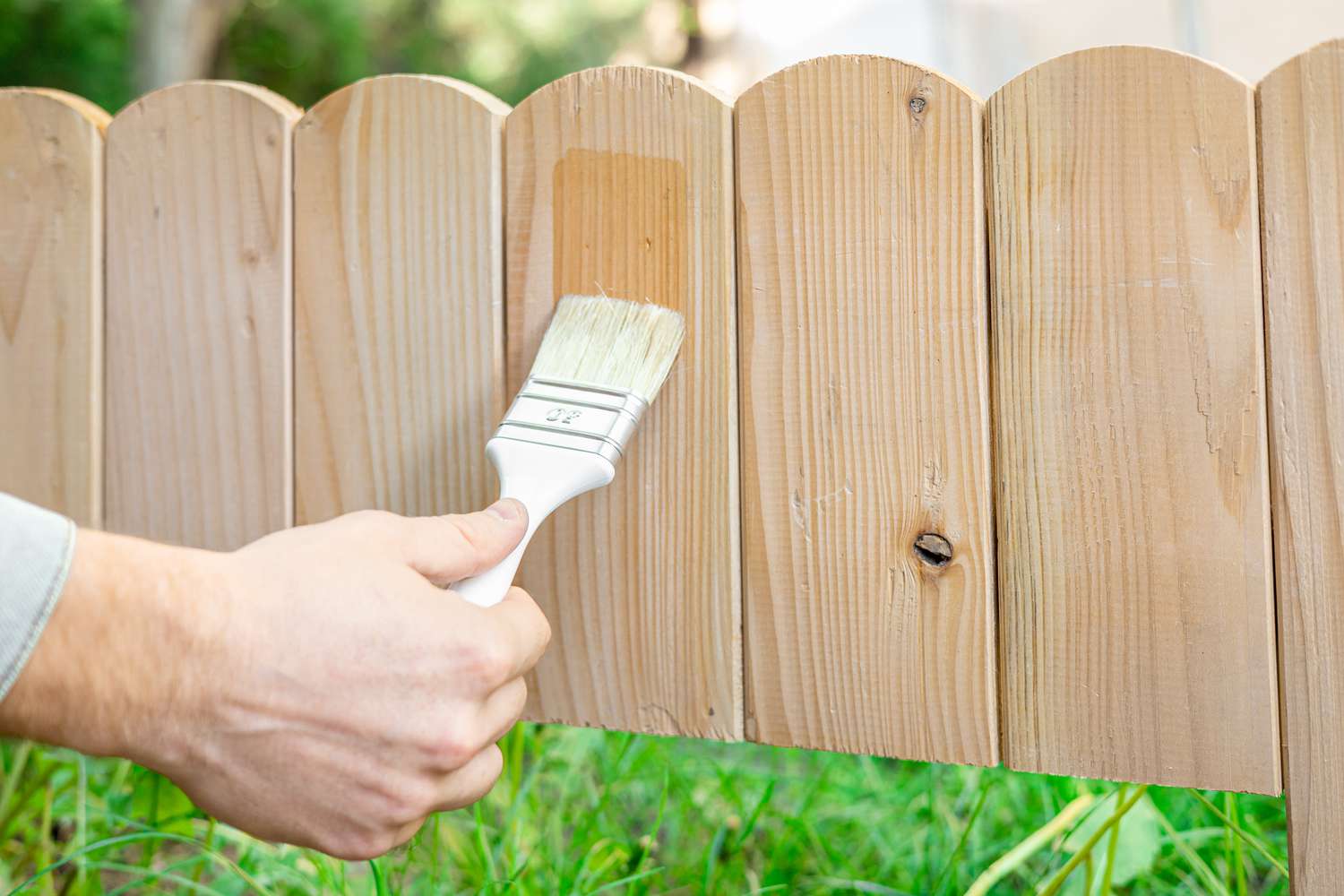
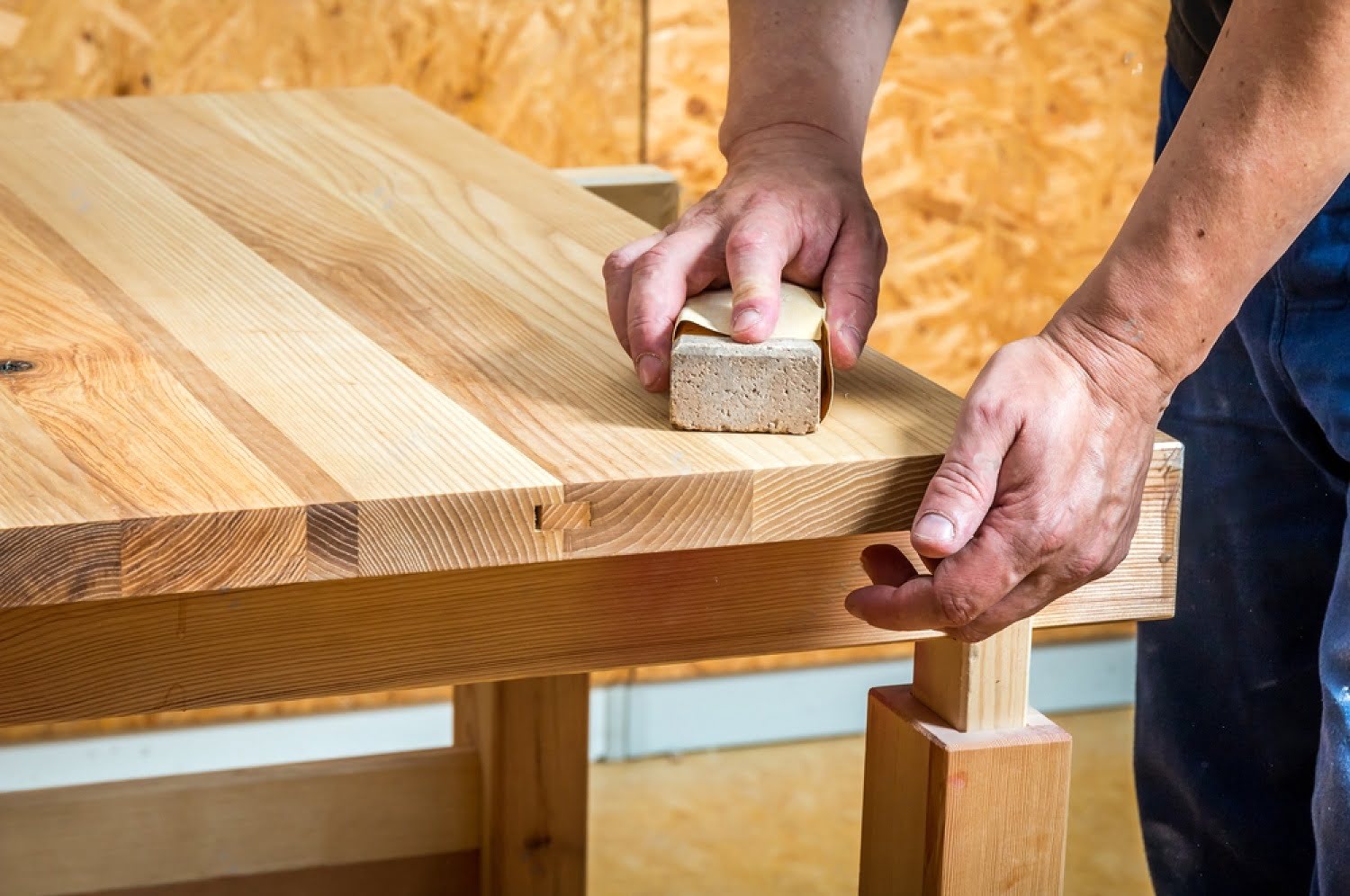
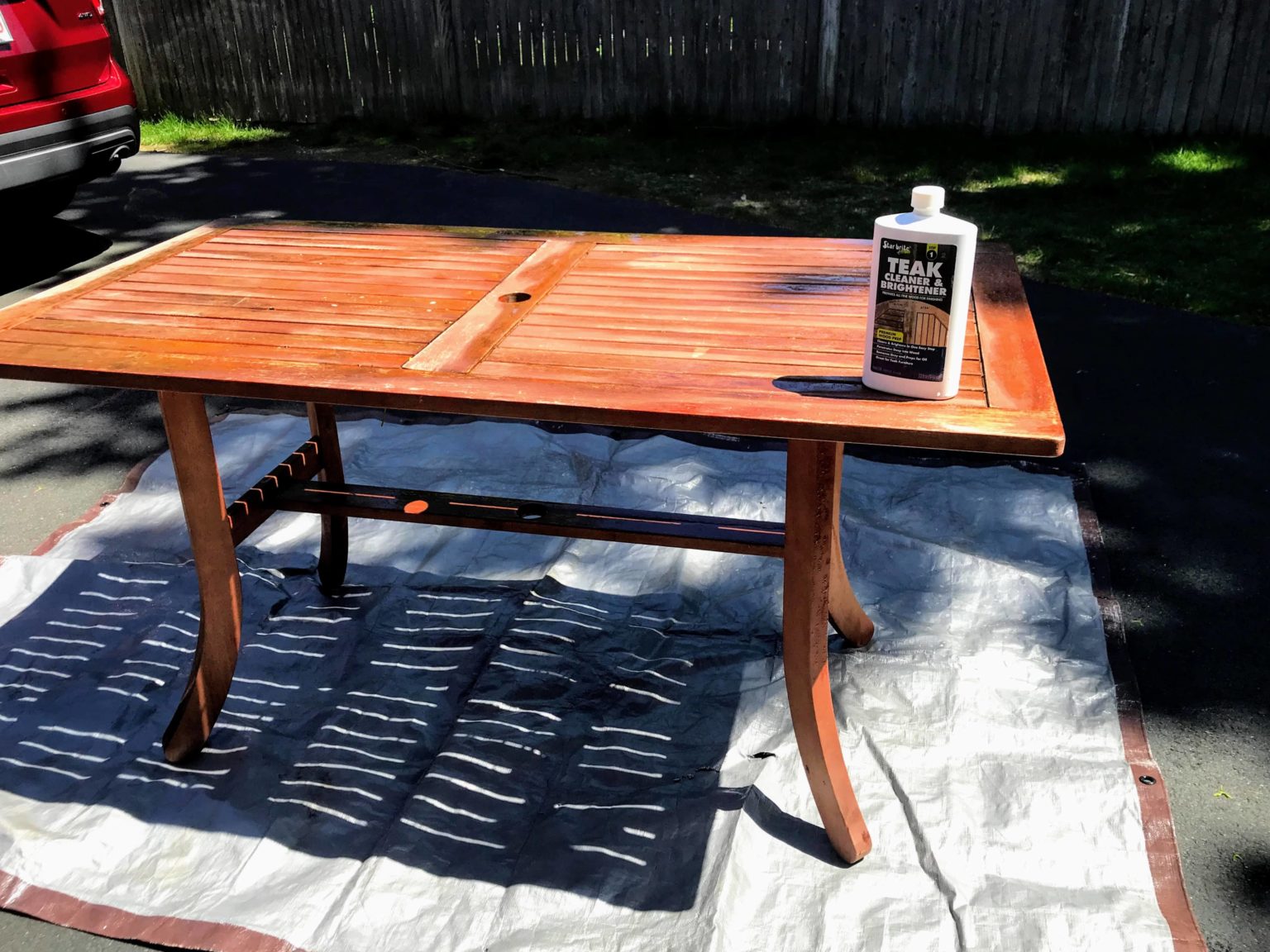
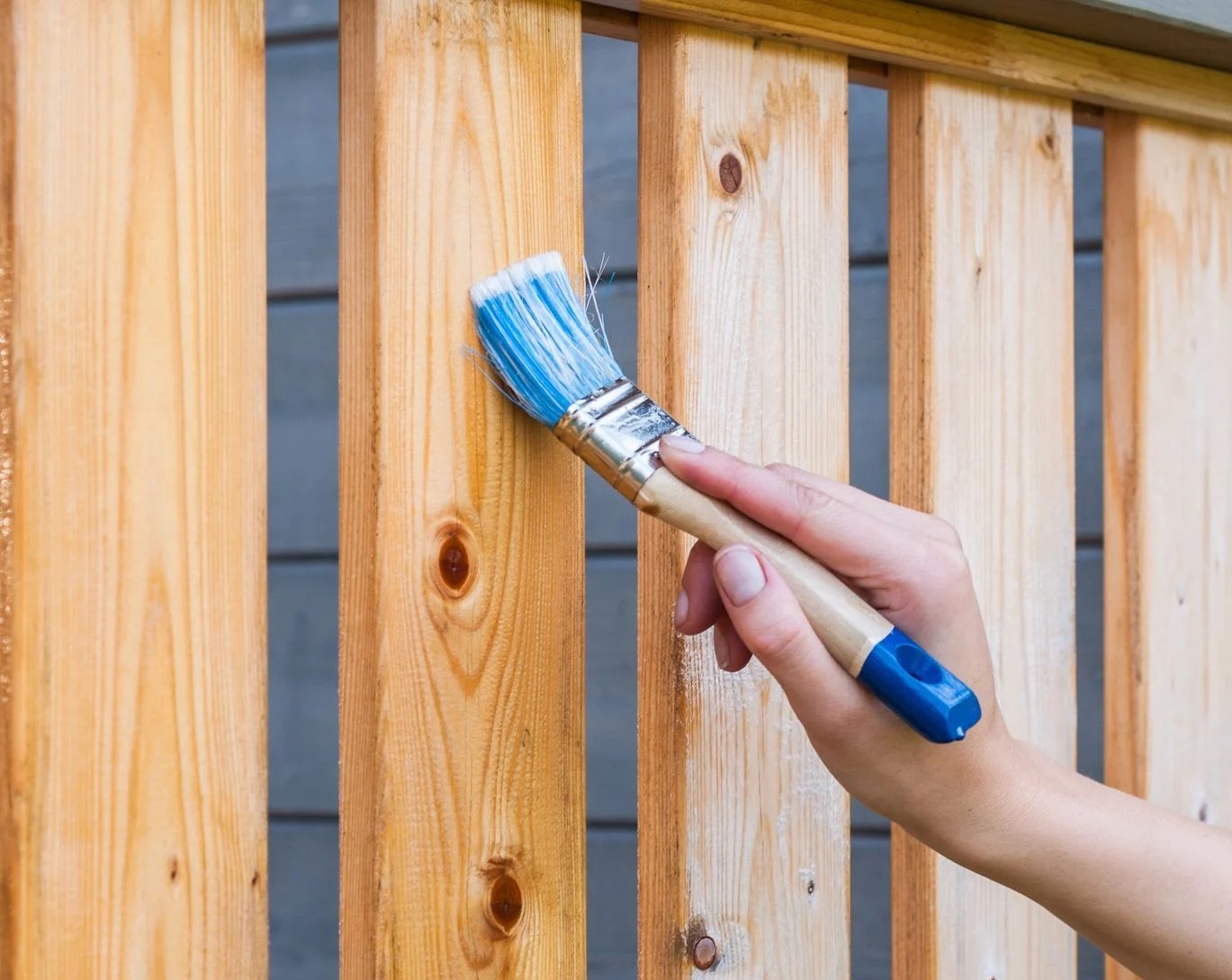
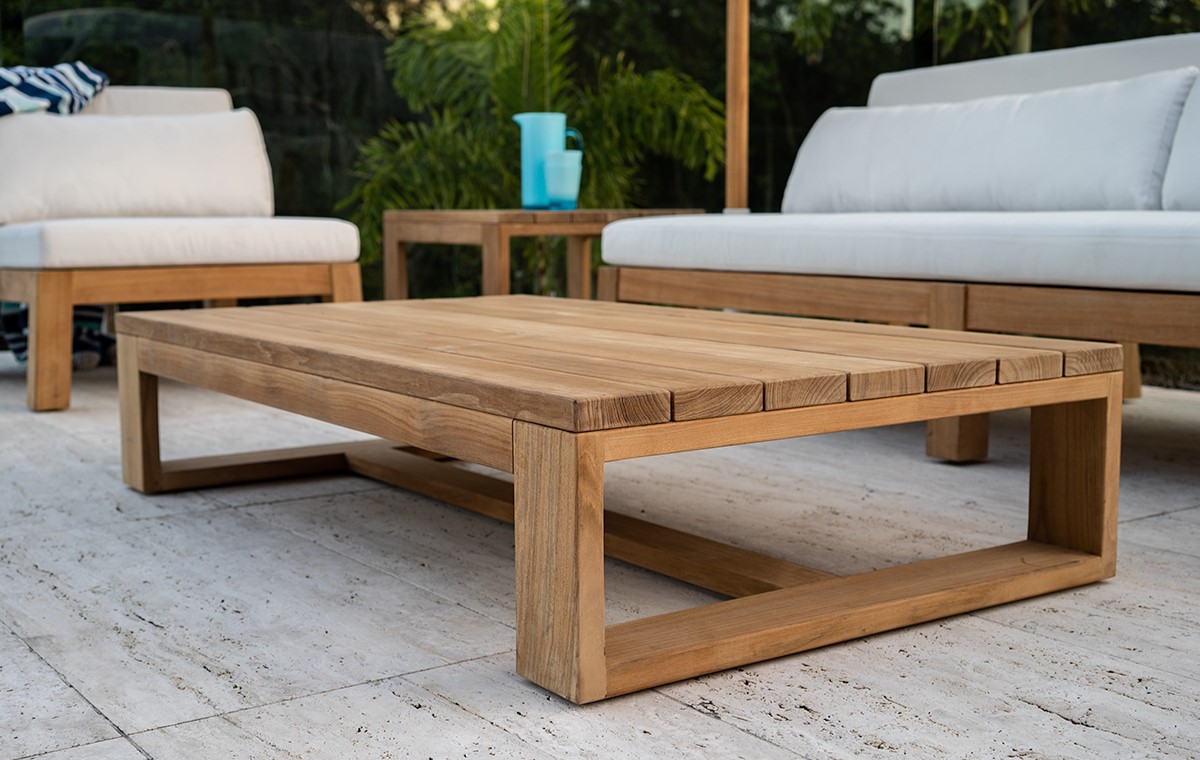

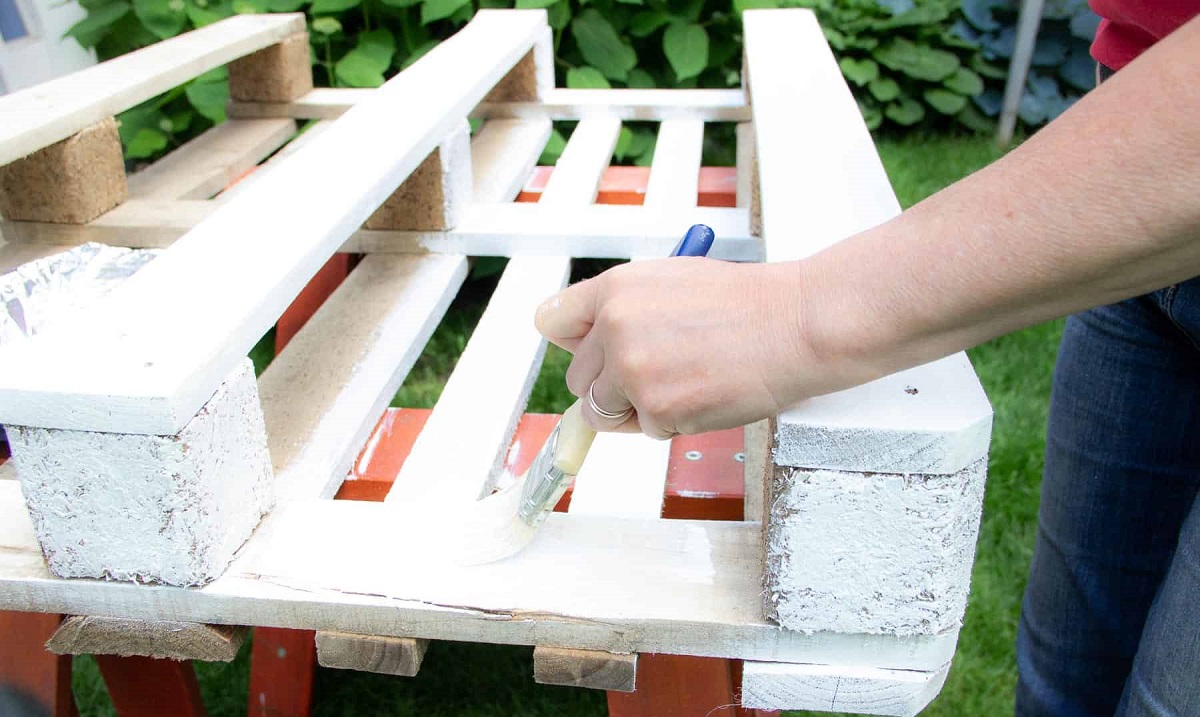
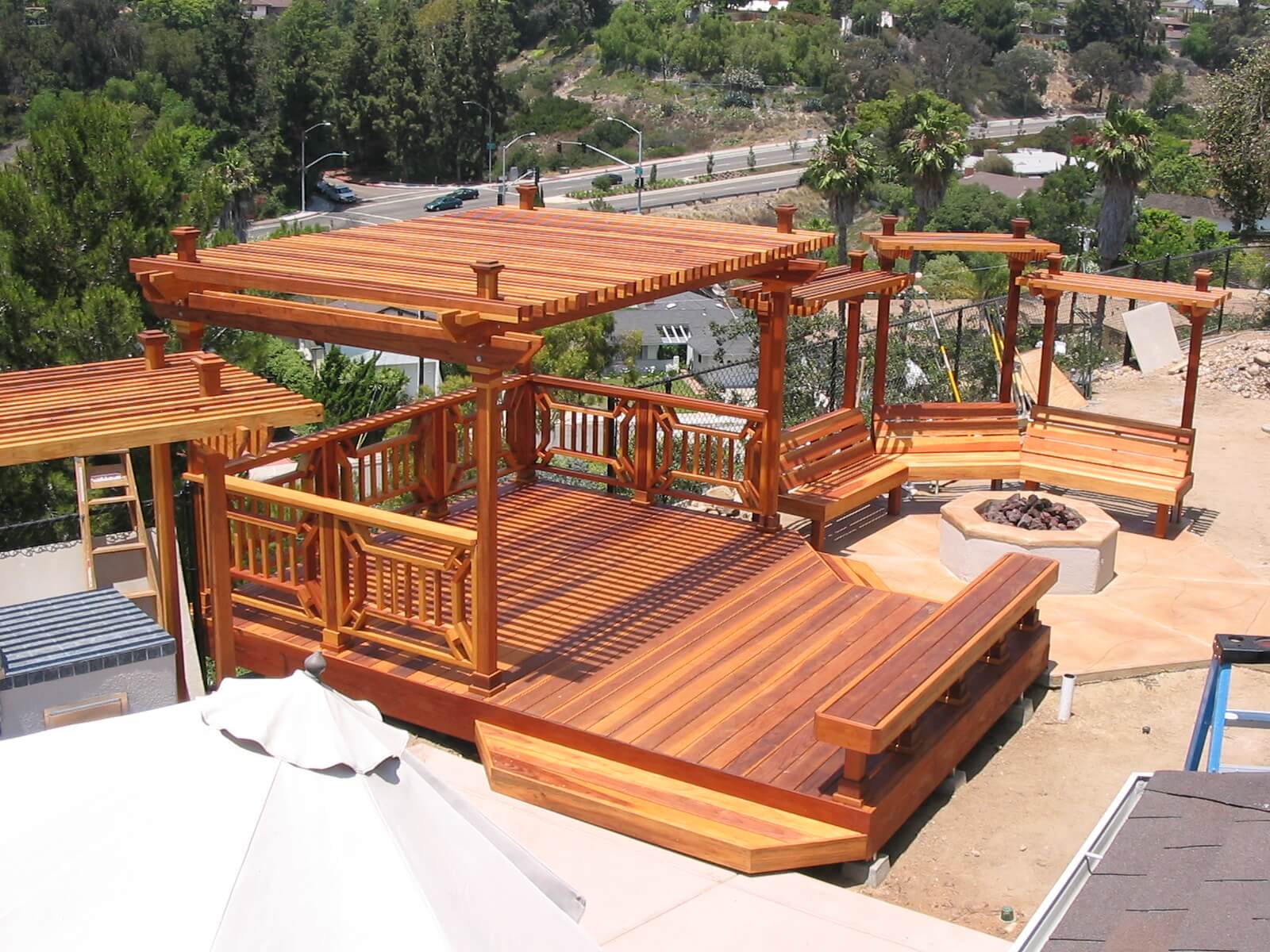
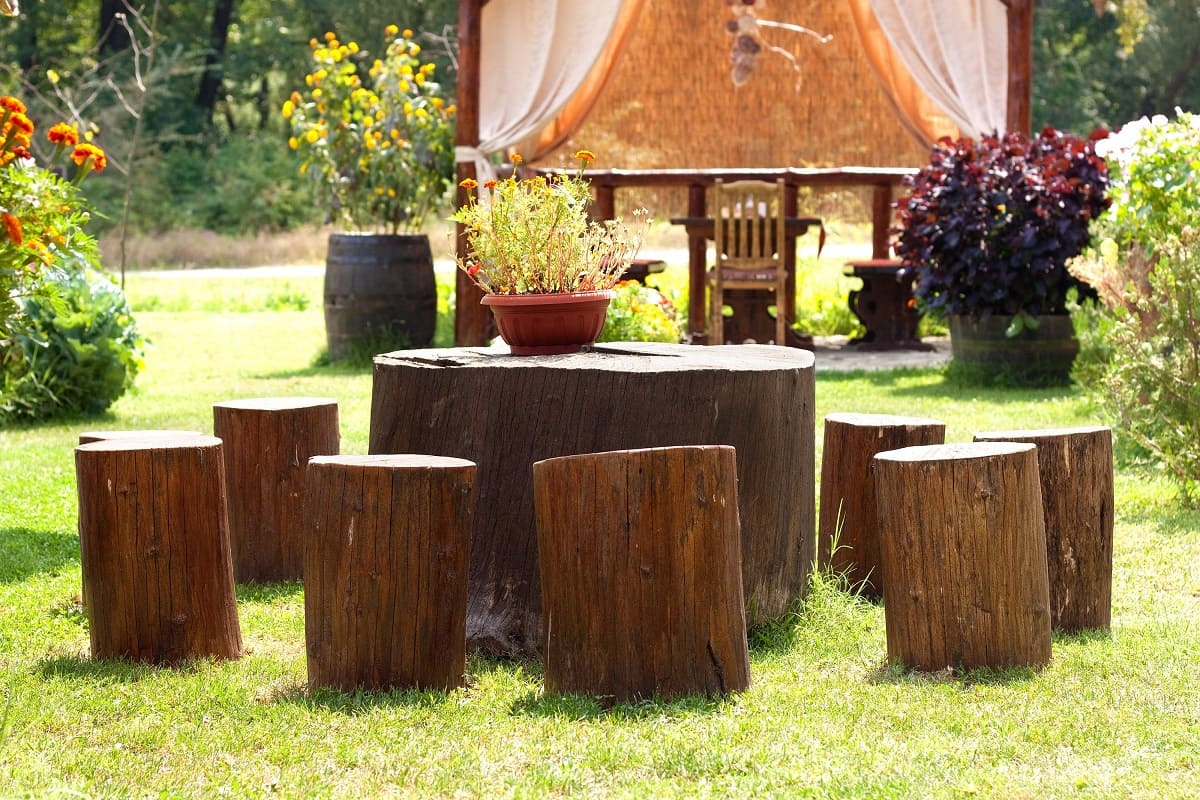
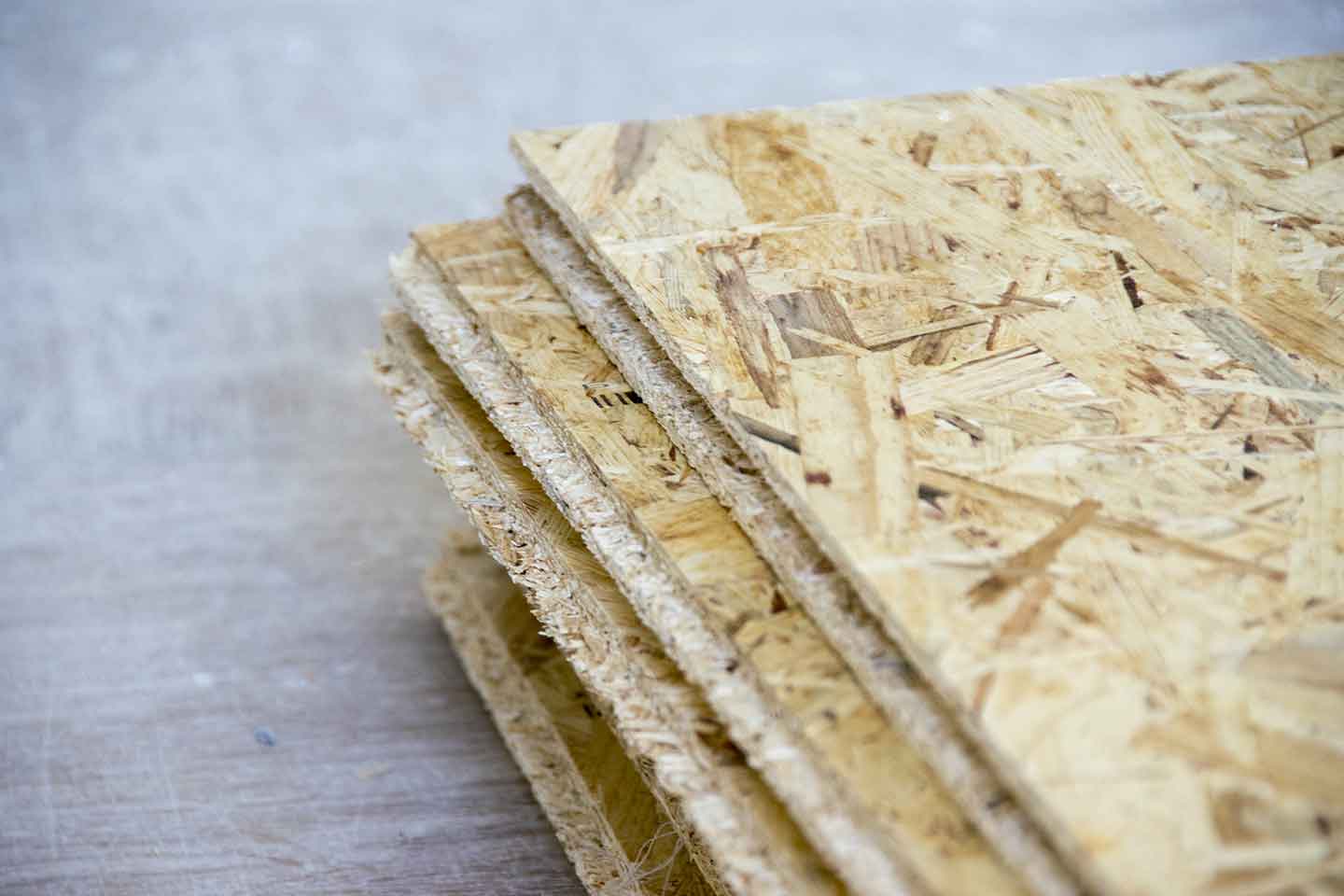
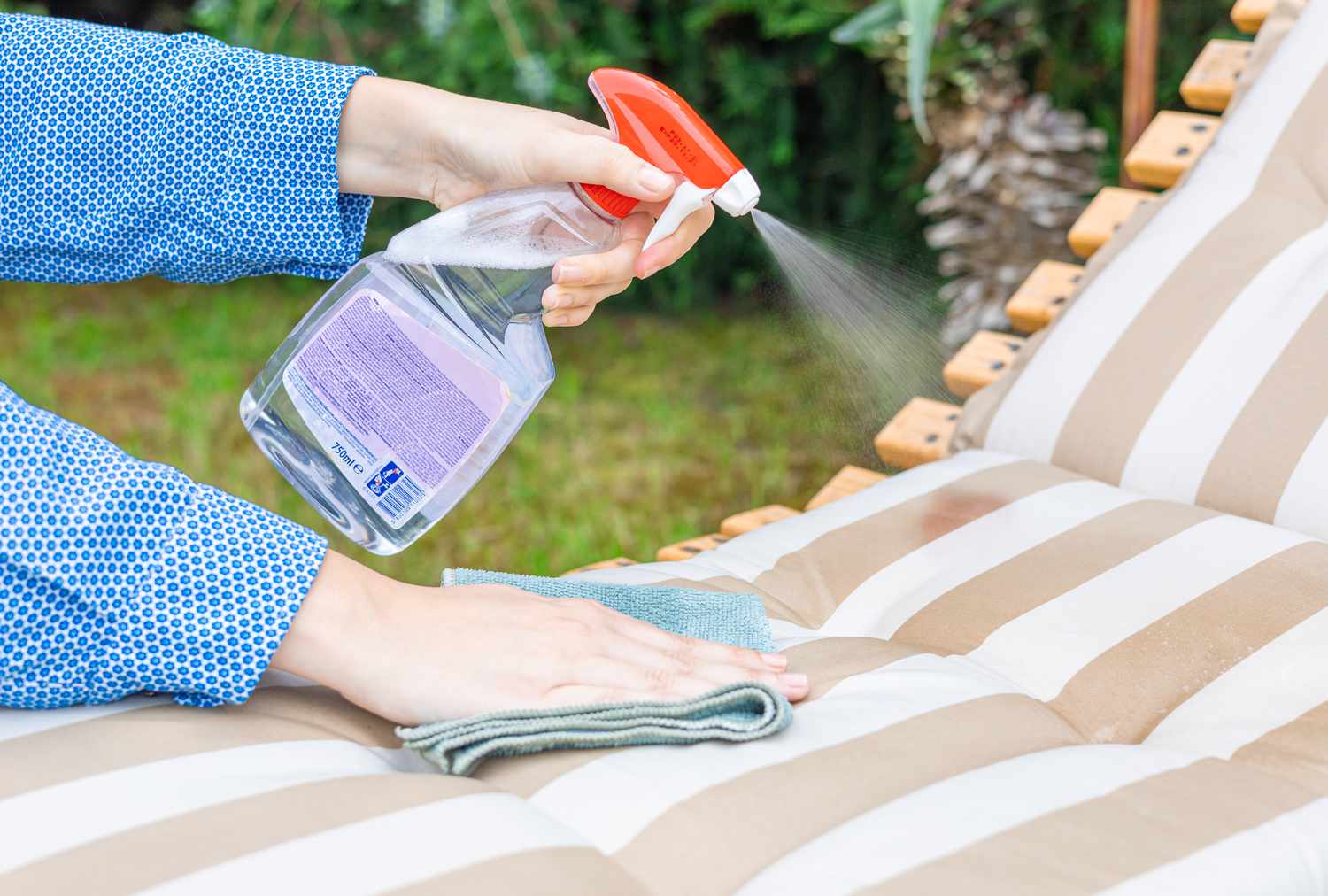
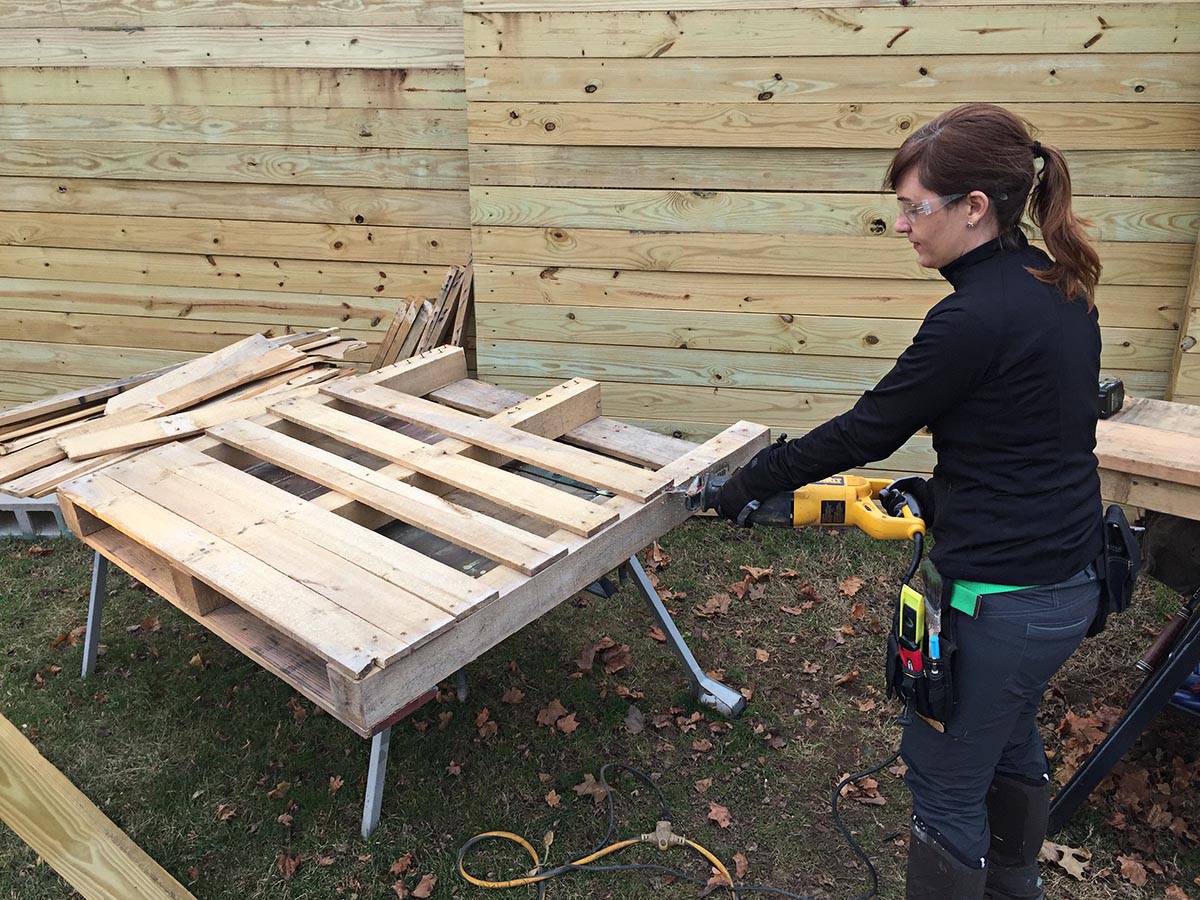
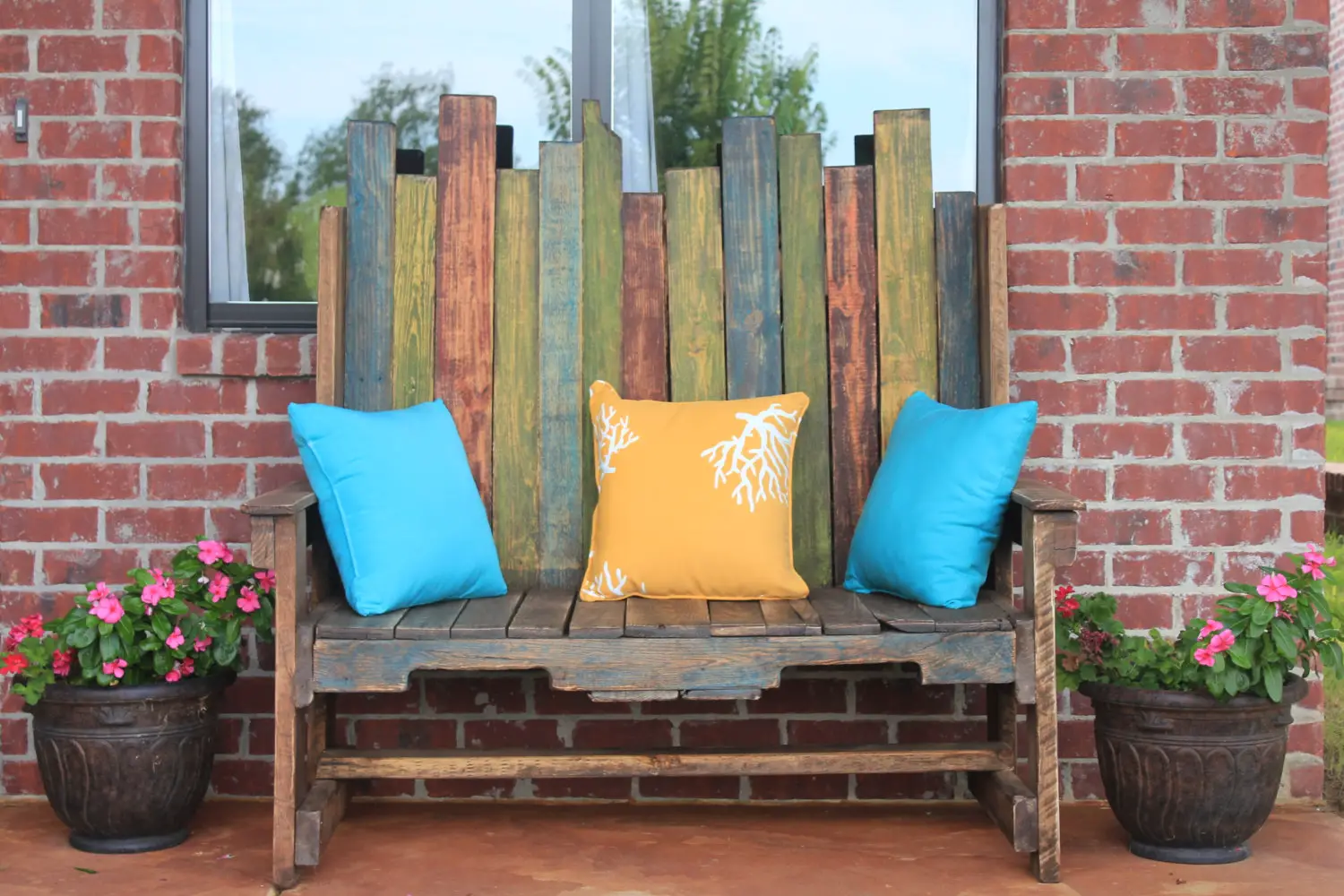
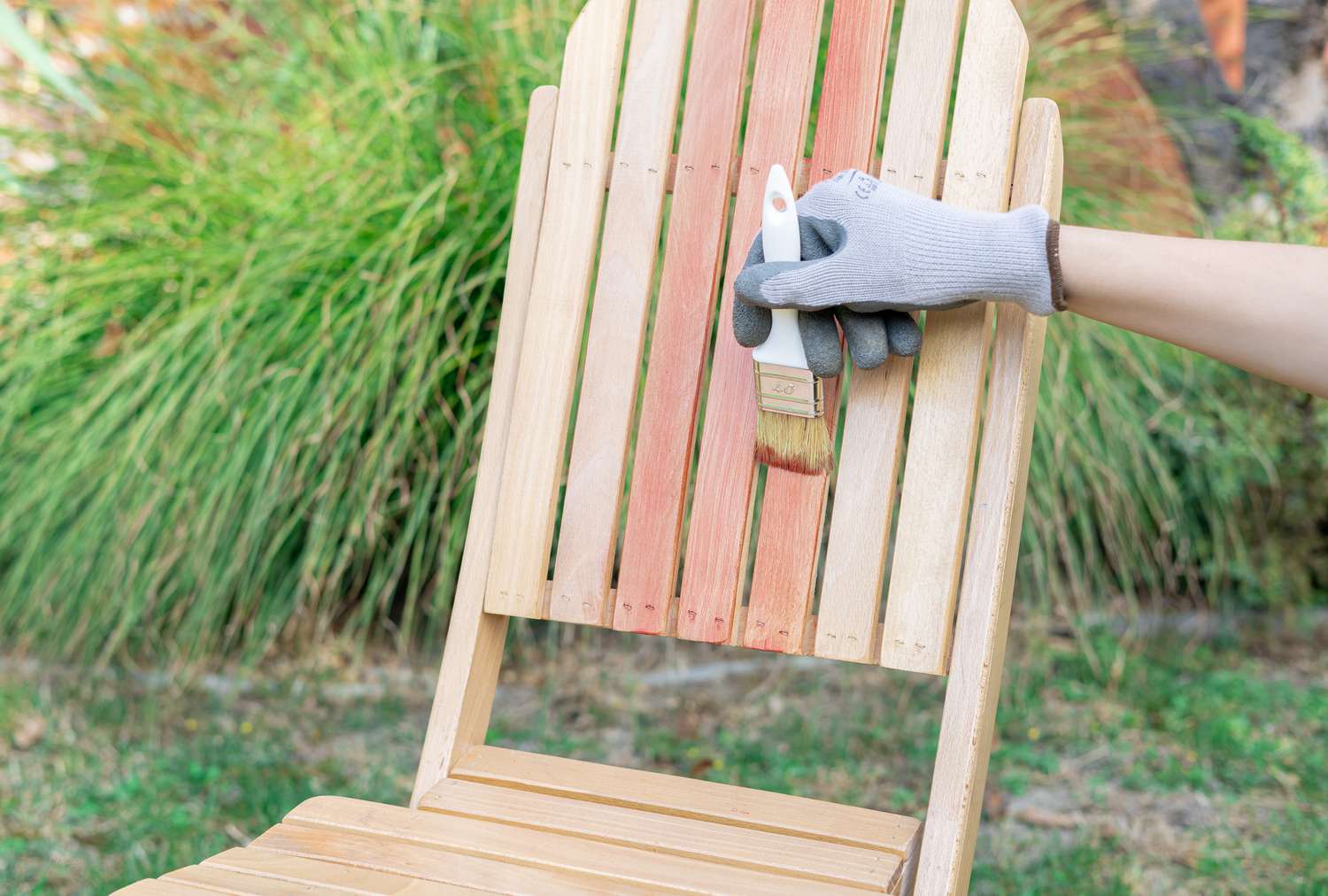

0 thoughts on “How To Treat Pallet Wood For Outdoor Use”